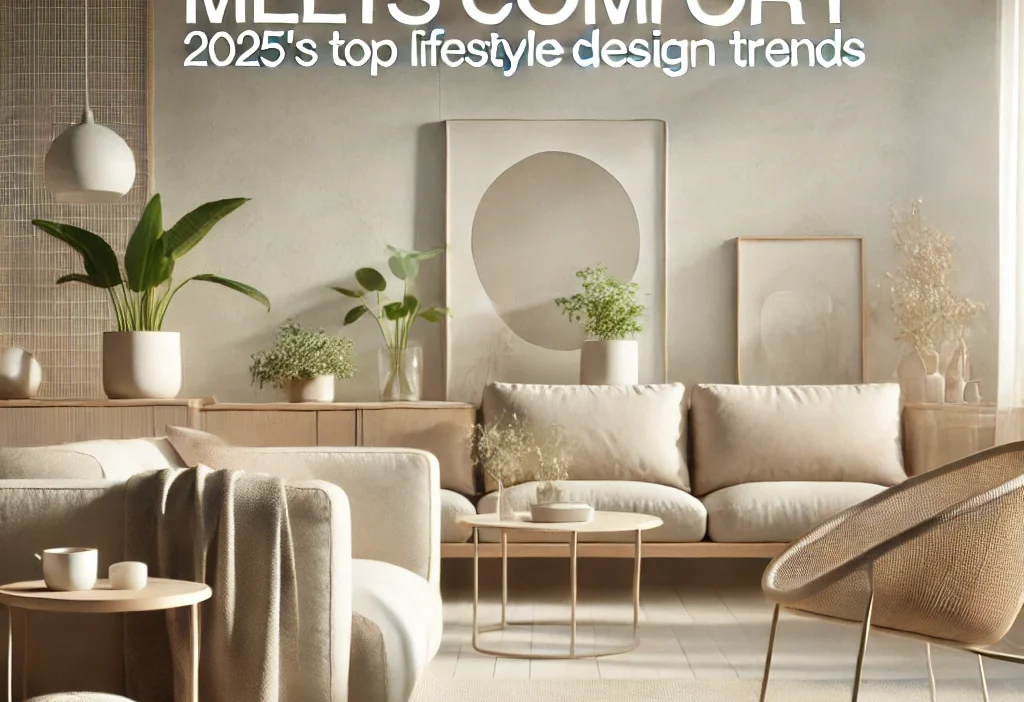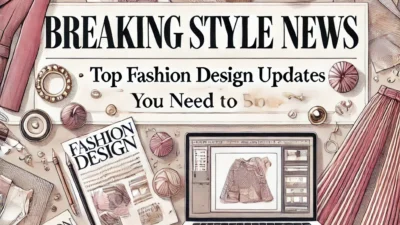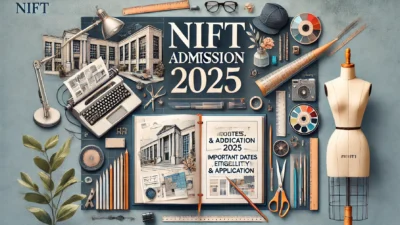As we move deeper into 2025, the fusion of minimalism and comfort continues to dominate lifestyle design. This trend blends sleek aesthetics with practical functionality, creating spaces and fashion that promote calmness, efficiency, and well-being. With evolving consumer preferences, this year’s designs also explore sustainability, smart integration, and increased inclusivity. Notably, the eligibility for fashion designing is becoming broader as minimalism expands into new creative directions.
Embracing Functional Minimalism
Minimalist design has shifted from stark, sterile spaces to warm, inviting interiors. Designers are now prioritizing neutral color palettes, natural textures, and soft furnishings to enhance comfort. The focus is on multipurpose furniture, versatile home accessories, and decluttered environments.
In fashion, this philosophy is reflected in understated garments with clean cuts, soft fabrics, and versatile silhouettes. As consumers gravitate towards timeless pieces that promote sustainability, designers are encouraged to embrace mindful production practices. This shift is influencing fashion designing eligibility, prompting aspiring designers to learn skills in fabric sourcing, sustainable production techniques, and creative yet practical designs.
Sustainable Materials and Eco-Friendly Designs
Sustainability is at the forefront of modern design trends. Whether in architecture or fashion, the use of recycled materials, organic textiles, and biodegradable elements is expanding. Designers are now innovating with bamboo, reclaimed wood, and organic cotton to create products that meet both aesthetic and environmental goals.
In the realm of fashion design, eligibility requirements are evolving to meet these sustainability standards. Emerging designers are encouraged to gain knowledge in eco-conscious practices, zero-waste techniques, and ethical manufacturing processes. Mastering these skills is key for students and professionals aiming to join the industry in 2025 and beyond.
Smart Integration in Everyday Spaces
Technology is now seamlessly incorporated into minimalist designs. Smart home devices, energy-efficient lighting, and automated climate control systems are examples of this integration. By blending innovation with simplicity, homeowners can create streamlined spaces that maximize comfort.
In fashion, designers are merging tech fabrics with minimalist aesthetics. Clothing embedded with temperature-regulating materials, UV protection, and smart wearables are gaining popularity. Aspiring designers looking to enter this field are encouraged to develop skills in textile engineering, smart design integration, and digital fashion tools to expand their eligibility for fashion designing careers.
Personalization and Multifunctionality
Personalized design is gaining traction in 2025, particularly in fashion. Consumers seek versatile pieces that adapt to various settings—a concept known as “transformative design.” Clothing that can be styled multiple ways or adjusted for changing temperatures reflects this shift.
Fashion design eligibility criteria now prioritize adaptability. Aspiring designers are advised to explore modular design concepts, customizable patterns, and innovative garment construction techniques to align with consumer demands for personalized fashion.
Inclusive and Accessible Designs
In both interior and fashion design, inclusivity is becoming an essential factor. Adaptive clothing for individuals with disabilities and ergonomic furniture that suits diverse needs are gaining prominence. Designers are creating products that address mobility challenges, sensory sensitivities, and inclusive sizing.
Fashion design schools are broadening eligibility requirements to welcome applicants with backgrounds in accessibility design, universal styling techniques, and inclusive design principles. Mastering these areas can empower new designers to excel in the evolving landscape.
The Future of Fashion Design Eligibility
As the design world embraces minimalism, comfort, and sustainability, eligibility for fashion designing careers has expanded beyond traditional artistic skills. Technical knowledge, digital innovation, and ethical practices are now core expectations. Aspiring designers are encouraged to pursue comprehensive training that integrates design theory with practical experience. Schools increasingly value applicants who demonstrate versatility, eco-consciousness, and adaptability in their portfolios.
In 2025, the path to becoming a successful fashion designer demands more than creativity alone. Embracing emerging trends, mastering sustainable techniques, and understanding consumer behavior are crucial steps in meeting the evolving eligibility standards for fashion designing careers.
By combining minimalism with comfort, today’s designers are creating spaces and wardrobes that offer both elegance and ease. Those who embrace these trends with innovation and practicality will shape the future of lifestyle design.




